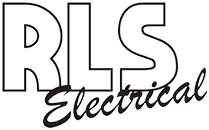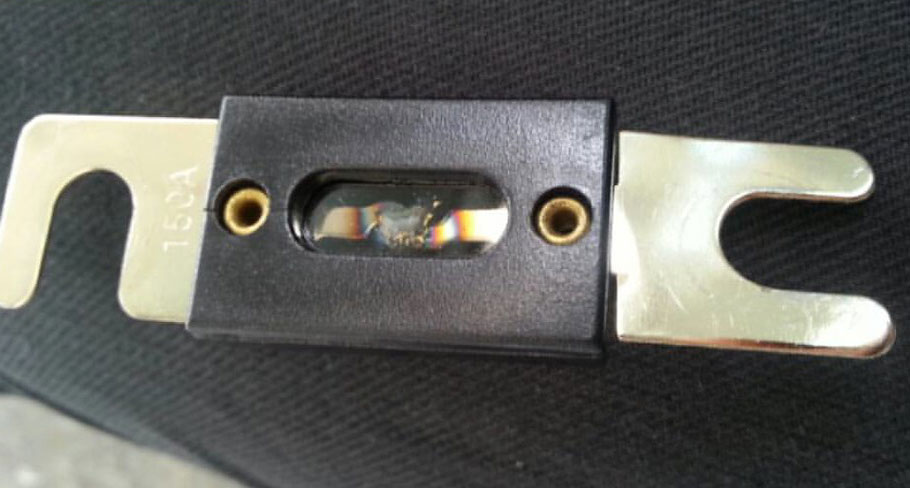Follow this guide when replacing some types of fuses:
- Turn off the main power switch at the switchboard.
- Look inside the switchboard for a list of the equipment or circuits each fuse controls. Usually one fuse controls a certain area of the house, such as the kitchen, or certain types of equipment, like lighting.
- If you can’t tell which fuse has blown, pull out, inspect, and replace each fuse, one at a time.
- Once identified, switch off lights and unplug all appliances on the faulty circuit.
- Replace the fuse wire. There are a number of different types of fuses. If you are not sure, the best way to replace a fuse is to examine one of the intact fuses in your switchboard and copy the way the wiring runs in the carrier.
- Make sure you use the correct current rating fuse wire. The current rating is generally indicated on the front of the fuse carrier.
- Lighting circuits typically use 5 amp fuse wire, but not greater than 10 amp.
- Socket outlets use 10 amp fuse wire, but not greater than 15 amp fuse wire.
- Large appliances, such as electric stoves, may use a larger size fuse.
- Make sure no excess fuse wire is sticking out of the fuse carrier.
- Replace the fuse carrier and turn on the main power switch.
- Check all appliances, light fittings and cords that were in use when the circuit failed. Replace or repair faulty equipment. Check that the fuse did not blow due to overloading the circuit.
- If the fuse blows again, call a licensed worker.
- Never be tempted to replace a fuse wire with a larger size of fuse wire, or another object. Doing so may result in an electrically-caused fire.
- If a fuse has blown it is because of an overload situation or a fault has occurred on the circuit. If you replace a fuse and it still blows, you should call a licensed worker.
Original Source: http://www.energysafety.govt.nz
Looking for a Master Electrician in Queenstown? Contact us today for a free quote.
RLS Electrical, Your local Queenstown Electrician.

